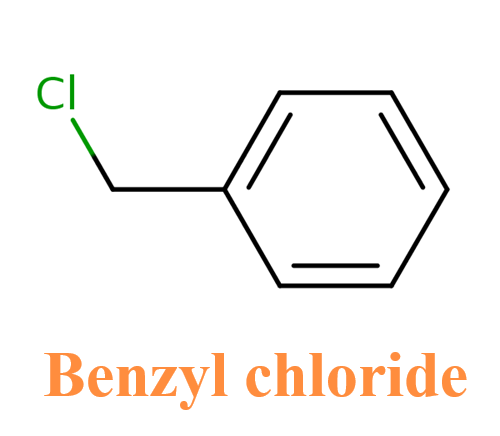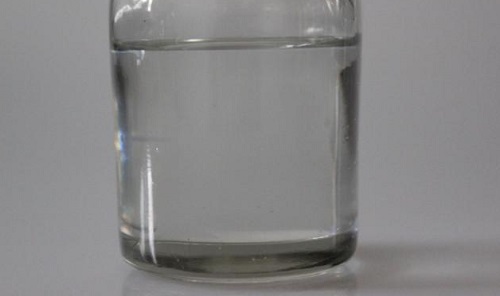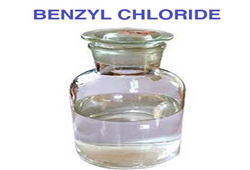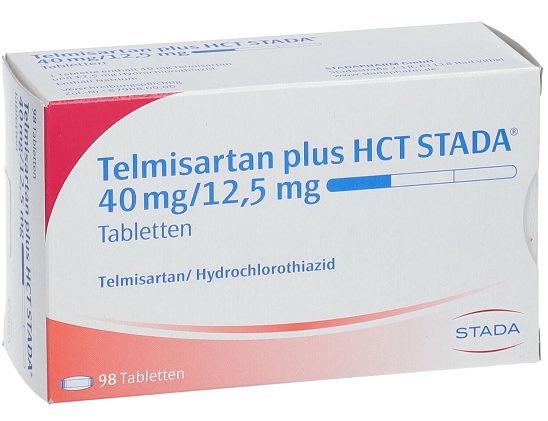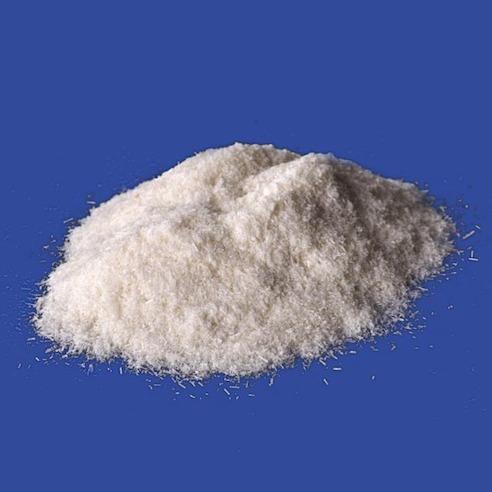Benzyl chloride: Synthesis, application and safety
General description
Benzyl chloride is an organic compound that is a widely used chemical building block. It is a strong tear inducing agent. Benzyl chloride is also an intermediate in organic synthesis, widely used in the synthesis of dyes, pesticides, synthetic fragrances, detergents, plasticizers, and pharmaceuticals. Its appearance is as follows:
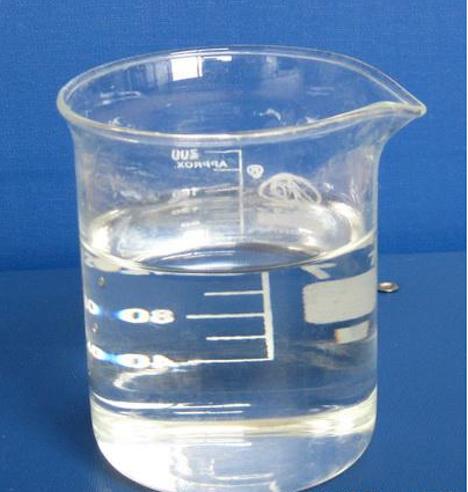
Figure 1 The appearance of Benzyl chloride
Synthesis
A mixture of an acid, Pb(OAc)4, and MCl or NH4Cl was thoroughly stirred in air using a spatula for 5-10 min (the size of the solid particles was ~0.1-0.3 mm) and allowed to stand in a tightly closed vessel at ~20 °C until Pb(OAc)4 was completely converted. The reaction mixture gradually became vis cous and heterogeneous and then solidified. The duration of the transformation from one aggregate state to another depended on the structure of the acid and the nature of the chloride used (MCl or NH4Cl), the conversion of Pb(OAc)4 being no higher than 10%. After completion of the reaction (the complete con version of Pb(OAc)4 was determined iodometrically10), the sol vents (CHCl3 and diethyl ether) were successively added to the reaction mixture. The yields of the products were determined by GLC using an internal standard.
For preparative isolation of the reaction products, the combined extracts were treated with 3% HCl, washed with a saturated Na2CO3 solution, and dried with Na2SO4. The solvent was dis tilled off. Compounds were isolated from the residue by distillation or silica gel column chromatography. The structures of the products were confirmed by 1H and 13C NMR and IR spectroscopy, GLC-mass spectrometry, elemental analysis, and comparison with authentic samples. Benzyl chloride, yield 90%. b.p. 75-77 °C (20 Torr) (cf. lit. data11c: b.p. 79-80 °C (21 Torr)). 1H NMR (CDCl3), δ: 4.65 (c, 2 H, CH2Cl); 7.38-7.52 (m, 5 H, Ph). 13C NMR (CDCl3), δ: 46.20 (CH2); 128.32, 128.51, 128.65 (C(2), C(3), C(4), C(5), C(6)); 137.40 (C(1)). MS, m/z: 126 and 128 [M]+, 91 [C7H7]+ [1].
Application
Industrially, benzyl chloride is the precursor to benzyl esters, which are used as plasticizers, flavorants, and perfumes. Phenylacetic acid, a precursor to pharmaceuticals, is produced from benzyl cyanide, which in turn is generated by treatment of benzyl chloride with sodium cyanide. Quaternary ammonium salts, used as surfactants, are readily formed by alkylation of tertiary amines with benzyl chloride.[2] Benzyl ethers are often derived from benzyl chloride. Benzyl chloride reacts with aqueous sodium hydroxide to give dibenzyl ether. In organic synthesis, benzyl chloride is used to introduce the benzyl protecting group in reaction with alcohols, yielding the corresponding benzyl ether, carboxylic acids, and benzyl ester. Benzyl chloride may be used in the synthesis of amphetamine-class drugs, and for this reason, sales of benzyl chloride are monitored as a List II drug precursor chemical by the US Drug Enforcement Administration. Benzyl chloride also reacts readily with metallic magnesium to produce a Grignard reagent.[3] It is preferable over benzyl bromide for the preparation of this reagent, since the reaction of the bromide with magnesium tends to form the Wurtz coupling product 1,2-diphenylethane.
Safety
Benzyl chloride is an alkylating agent. Indicative of its high reactivity (relative to alkyl chlorides), benzyl chloride reacts with water in a hydrolysis reaction to form benzyl alcohol and hydrochloric acid. In contact with mucous membranes, hydrolysis produces hydrochloric acid. Thus, benzyl chloride is a lachrymator and has been used in chemical warfare. It is also very irritating to the skin. It is classified as an extremely hazardous substance in the United States as defined in Section 302 of the U.S. Emergency Planning and Community Right-to-Know Act (42 U.S.C. 11002), and is subject to strict reporting requirements by facilities which produce, store, or use it in significant quantities.[4]
References
[1]Nikishin et al. Solid-state chlorodecarboxylation of mono- and dicarboxylic acids with the Pb(OAc)4-MCl system. Russian Chemical Bulletin (2004), 53(10), 2200-2204.
[2]Chlorinated Hydrocarbons". Ullmann's Encyclopedia of Industrial Chemistry. Weinheim: Wiley-VCH. doi:10.1002/14356007.a06_233.pub2.
[3]Henry Gilman and W. E. Catlin (1941). n-Propylbenzene. Organic Syntheses.; Collective Volume, 1, p. 471
[4]40 C.F.R.: Appendix A to Part 355—The List of Extremely Hazardous Substances and Their Threshold Planning Quantities (July 1, 2008 ed.). Government Printing Office. Archived from the original on February 25, 2012. Retrieved October 29, 2011.
You may like
Related articles And Qustion
See also
Lastest Price from Benzyl chloride manufacturers

US $1.00/KG2025-04-21
- CAS:
- 100-44-7
- Min. Order:
- 1KG
- Purity:
- 99%
- Supply Ability:
- 10 mt

US $1400.00/T2024-05-08
- CAS:
- 100-44-7
- Min. Order:
- 1T
- Purity:
- 98%
- Supply Ability:
- 20T

